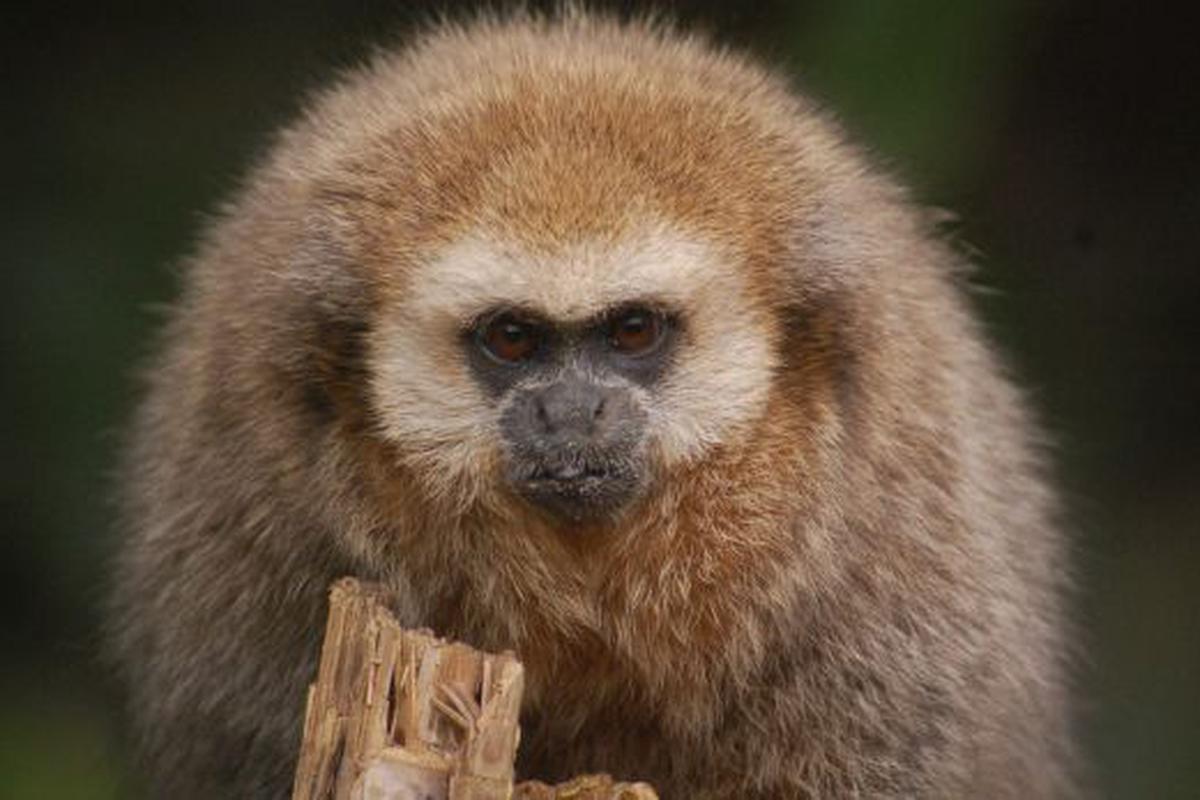The discovery of a new primate species has been reported in a Peruvian nature reserve.
The Aquino stump-tailed monkey (Cheracebus aquinoi) was detected during a research study in the varillales and riparian forests between the Nanay and Tigre rivers in the “Reserva Nacional Allpahuayo Mishana” nature reserve in the Loreto region.
According to the authors of the publication highlighted by “Yunkawasi”, new detections in this genus have appeared in recent years, and there are several new species still awaiting confirmation.

“Yunkawasi” is a non-profit civic association that works to preserve biodiversity in Peru.
“There is still much to discover about the diversity of primates in Peru.
“In this publication, we have combined both morphological and genetic evidence to describe this new species for science,” says Fanny M. Cornejo, one of the study’s authors, executive director of “Yunkawasi” and a current finalist for the prestigious Indianapolis Award for her work to protect primate species in Peru.
ABOUT THE NEW SPECIES
The Aquino mute monkey is distinguished from other species of its genus by its reddish-brown dorsal fur, a deep reddish-brown crest, a white bib-like patch on the neck, and cream-colored hands.
This new primate is particularly important because its range is very limited, and its habitat is threatened by unsustainable human activities, such as unplanned urban sprawl and poor agricultural practices.
The study’s authors, Edgardo Rengifo, Guillermo D’Elía, Gabriel García, Elvis Charpentier, and Fanny M. Cornejo, named the new species “Cheracebus aquinoi” in honor of Rolando Aquino, a distinguished Peruvian primatologist and professor at the Universidad Nacional Mayor de San Marcos.
Peru has the third highest diversity of primates in the world, with more than forty species, seven of which are endemic, meaning they live only in Peru.
However, about 30% of them are classified as endangered according to the international non-governmental organization and umbrella organization of numerous international governmental and non-governmental organizations IUCN.
With information from Latina Press

